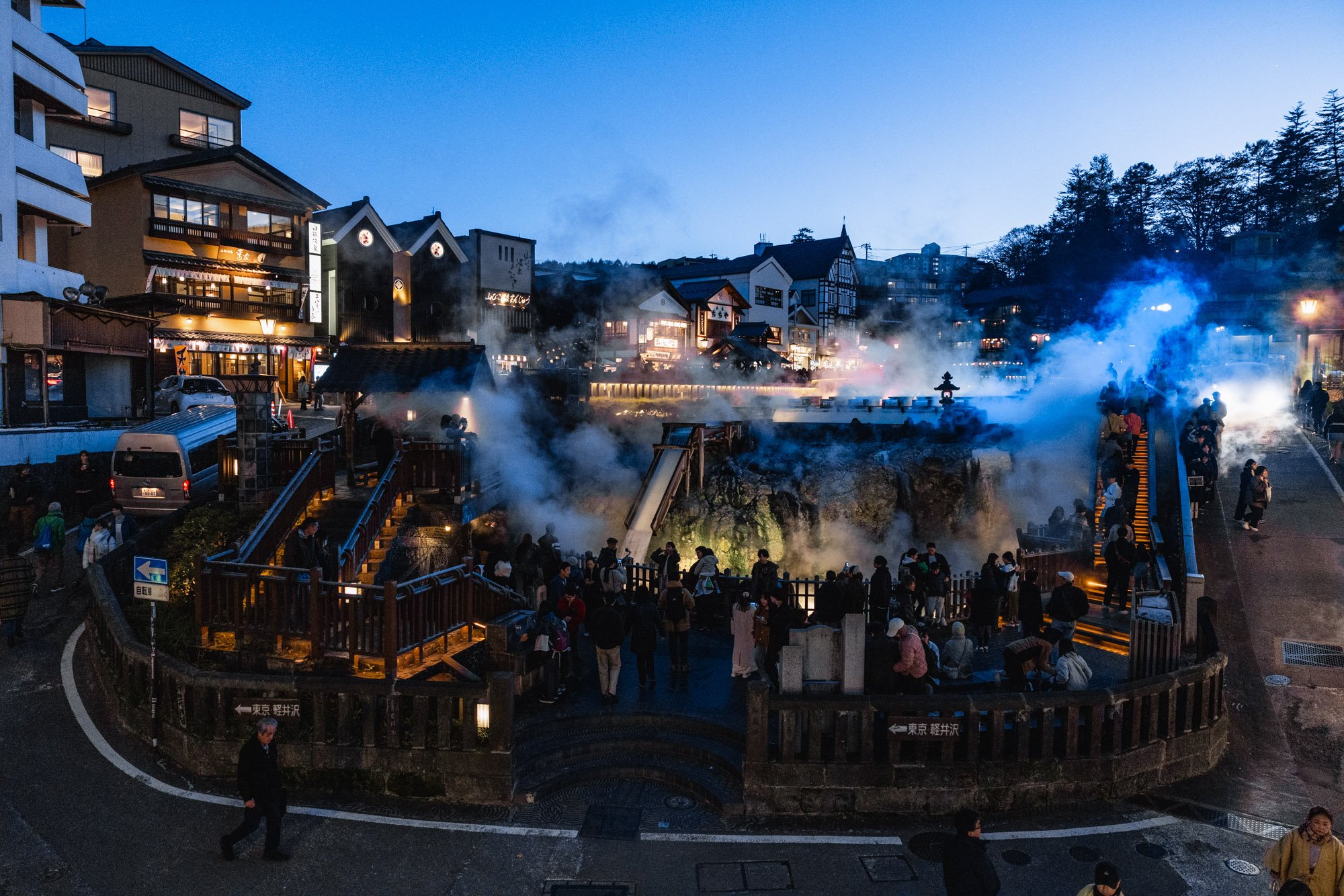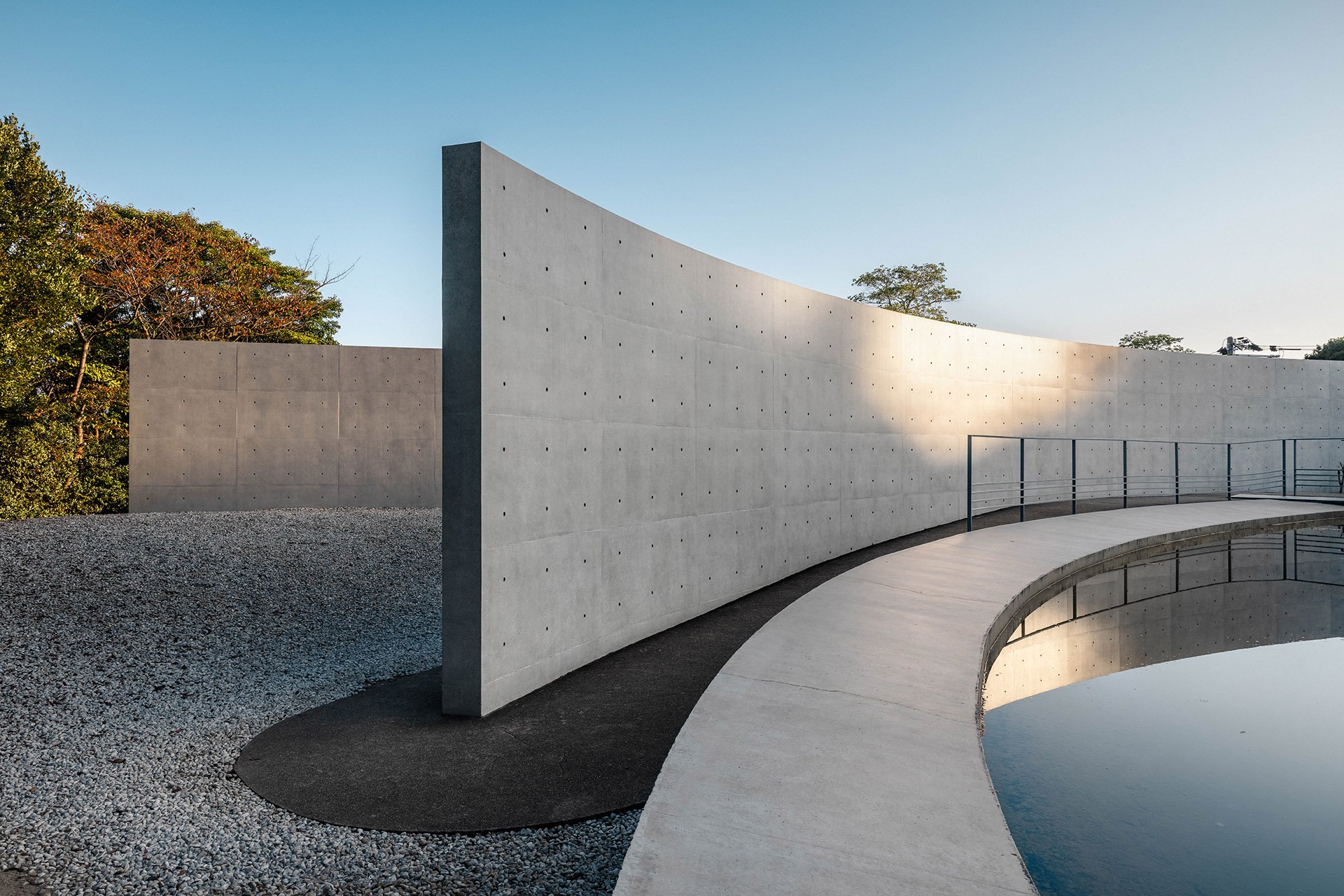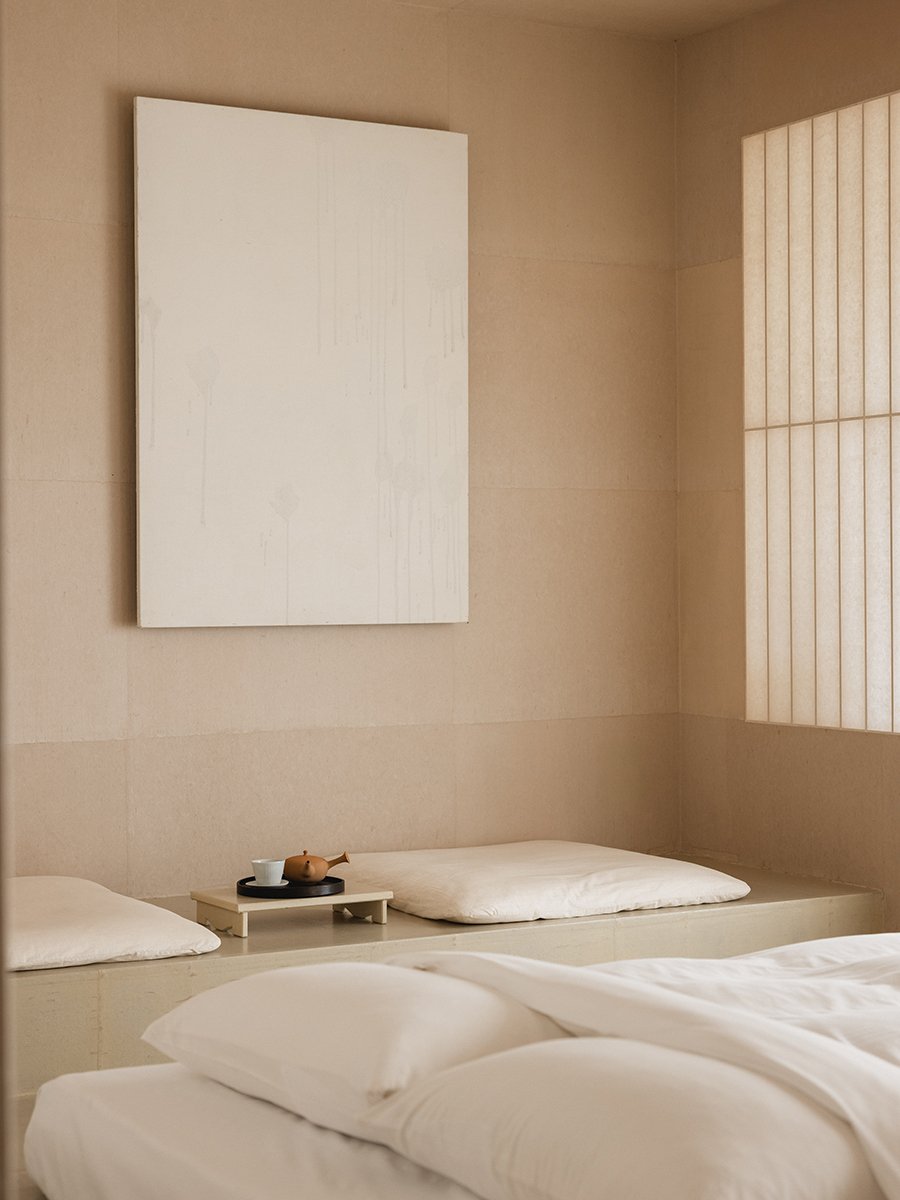Indigenous Insights: UPOPOY National Ainu Museum
Japan has a rich and diverse cultural history, and while standard sightseeing trips might forgo visits to such places, delving deeper into the country’s past is a fantastic way to understand more about what makes it so unique. Not only will this keep your trip interesting, but it’ll also keep that part of history alive.
One such location that pays homage to Japan’s beginning is the UPOPOY National Ainu Museum. Whether you’re taking a road trip through Hokkaido or just passing through, at a little over 1 hour by train from Sapporo, the UPOPOY National Aunu Museum is an easily accessible slice of Japan’s indigenous past.
UPOPOY National Ainu Museum
The ancient people who were the first inhabitants of Hokkaido, the Ainu have a diverse, rich heritage that spans centuries. The Ainu have faced well-documented struggles throughout their long history, and in present-day Japan, population numbers are low; however, recognition of the Ainu as indigenous people, along with the opening of museums and cultural centers, such as the National Ainu Museum, continues to celebrate Ainu culture and allows visitors to learn more about their fascinating way of life.
Since the Ainu were officially recognized as an official indigenous people in Japan, the country has been dedicated to preserving and celebrating their culture in various ways, much of which is focused on UPOPOY.
Visitors can experience traditional arts, dancing, and musical performances, such as the mukkuri (mouth harp) and tonkori (five-stringed instrument), which are designated parts of Japan’s UNESCO Intangible Cultural Heritage. You can also try classic Ainu dishes, visit a reproduction of a kotan, and learn more about their daily life in the open-air National Ainu Park.
Crafts & Culture
Crafts have always been a key aspect of Ainu culture for both men and women. Sculptures, statues, and even crockery were all intricately carved from wood by Ainu men. Women would embroider linens in beautiful designs, craft musical instruments, and make clothing out of animal or fish skin. At UPOPOY, visitors can experience a range of craft activities, including cooking classes and musical instrument workshops, while the dedicated craft studio offers lessons on wood carving and embroidery.
The Library & Theatre
As two of the most important parts of the UPOPOY National Ainu Museum, the Library (Kampisos nukar tumpu) and the Theatre are must-see areas. The Library holds numerous academic papers, a vast collection of photographs, and other resources that give visitors the chance to explore the story and history of the Ainu people. The Theatre, with a changing timetable, is for those who prefer something more visual.
The Exhibition Room
Spanning 30,000 years of history, The Exhibition room is the perfect place to start your tour of the site. It introduces the history and culture of the Ainu through a number of objects and artifacts which together tell the story of the Ainu people through their Language, Universe, Lives, History, Work, and Exchange.
Top Tip: Grab an audio guide if you’re interested in learning the specifics of each piece and its significance to the Ainu people.
Important Information
Opening Times: See Timetable
Closest Station: JR Shiraoi Station (15-minute walk) (trains run once or twice per hour)
Cost: ¥1,200 (Under 15’s enter for free) (Payment at ticket desk or convenience store)
2-3 Wakakusacho, Shiraoi, Shiraoi District, 059-0902
Discover Japan, Minus the Crowds.
Are you tired of seeing the same over-crowded locations in Japan? I want to offer you a more meaningful experience; one that inspires you to travel to lesser-known destinations and explore Japan’s unique cultural experiences. Views from Japan is a brand new travel guidebook packed with over 260 unique experiences and timeless destinations, giving you all the tools so that you can create a once-in-a-lifetime Japan itinerary.











